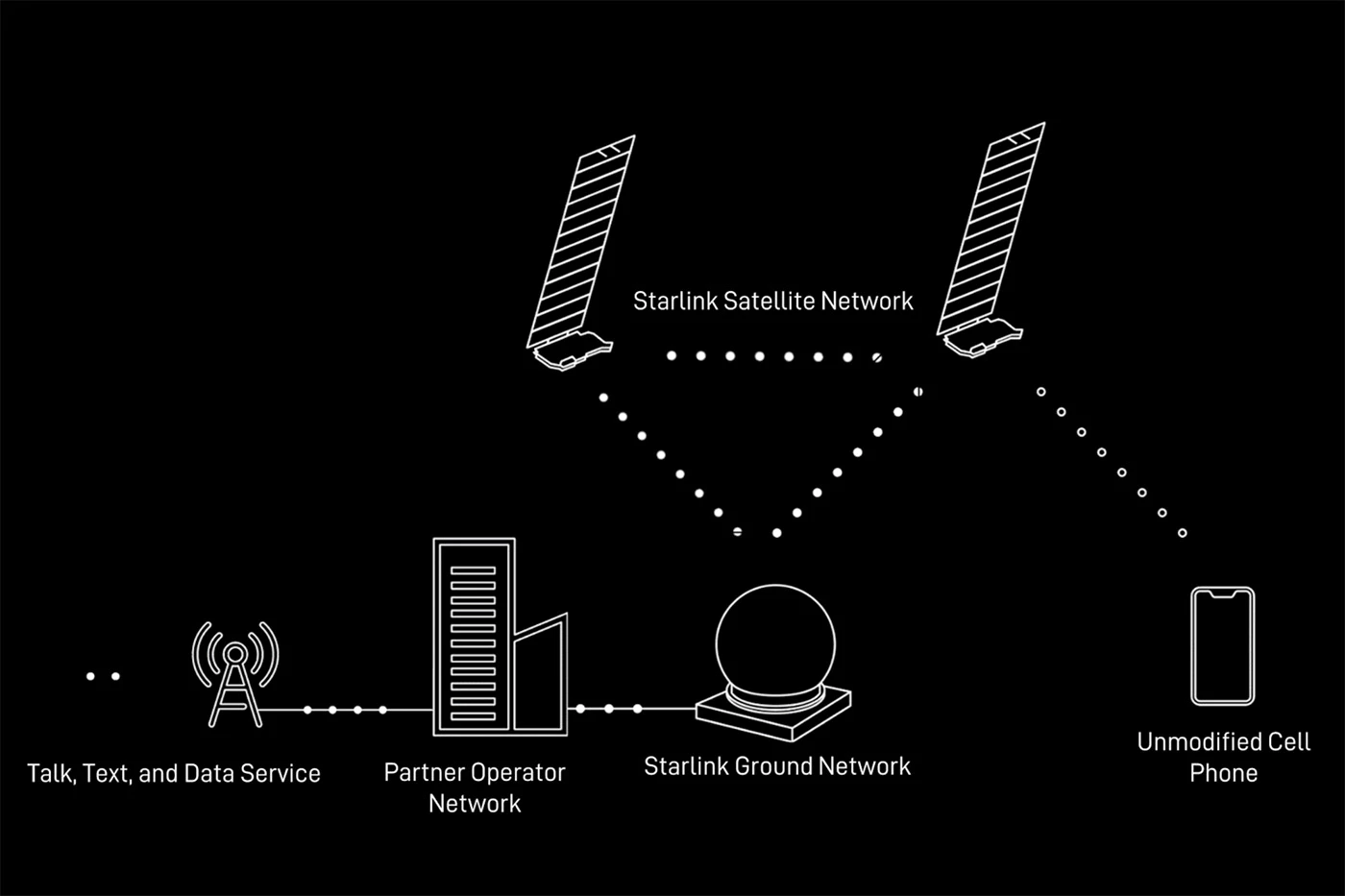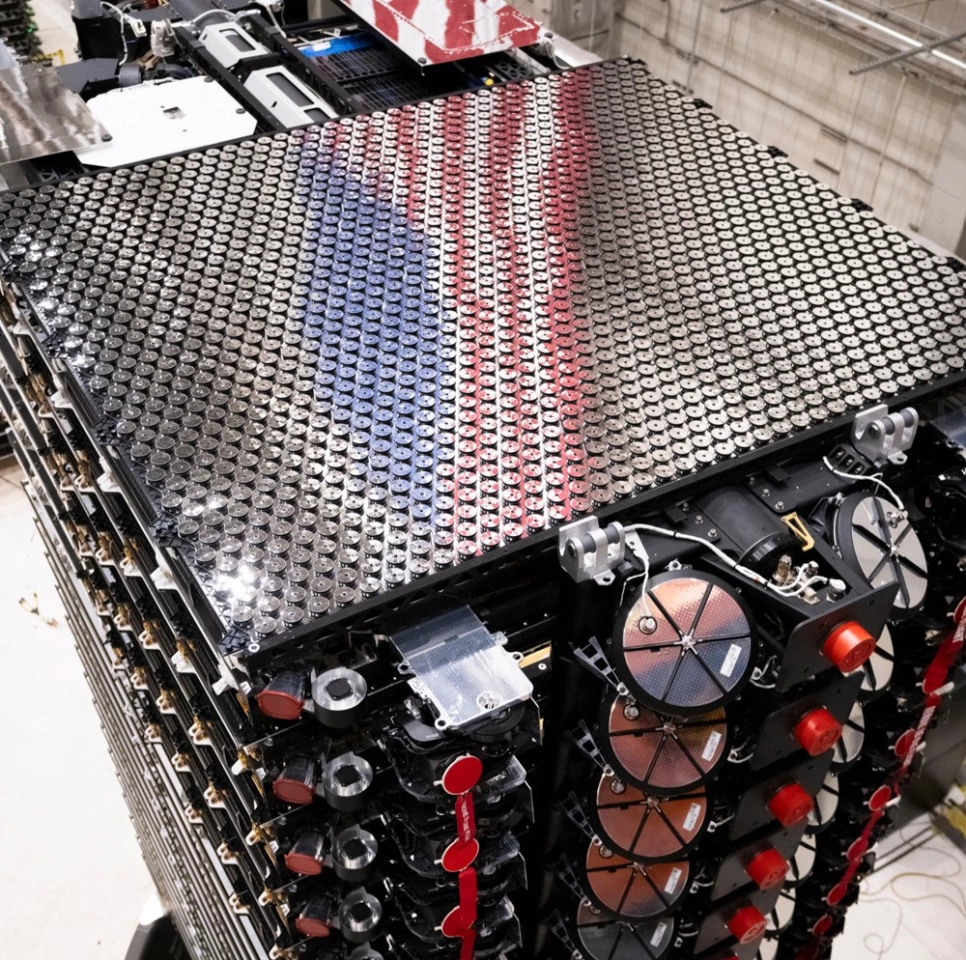SpaceX has launched 20 of its Starlink satellites up into Earth's orbit, enabling direct-to-cellphone connectivity for subscribers anywhere on the planet. That completes the constellation's first orbital shell, following a launch of an initial batch of six satellites for testing back in January.
The satellites were launched with a Falcon 9 rocket from California's Vandenberg Space Force Base on December 5 at 10 PM EST; they were then deployed in low Earth orbit. SpaceX founder Elon Musk noted on X that the effort will "enable unmodified cellphones to have internet connectivity in remote areas." He added a caveat for the first orbital shell – "Bandwidth per beam is only ~10 Mb, but future constellations will be much more capable."
That's in line with Musk's previous statement on the strength of Starlink's service back in January. “While this is a great solution for locations with no cellular connectivity, it is not meaningfully competitive with existing terrestrial cellular networks,” he noted. However, the current 10-Mb bandwidth is a step up from the 7 Mb the initial test satellites managed at the start of the year.

Indeed, you'll currently get only text service through the end of 2024; voice and data will become available sometime next year, as will support for IoT devices (such as smart home gadgets). The company hasn't said how much its service will cost. One vaguely relevant reference to consider is Starlink's roaming broadband service, which works with a receiver mounted on your car or RV: that costs US$50 per month for subscribers in the US with a 50-GB cap.
How it works
The big deal with this new venture is that unlike previous attempts at providing satellite-to-phone service, you don't need a special handset or even a specific app to get access anywhere in the world. Starlink uses standard LTE/4G protocols that most phones are compatible with, partners with mobile operators like T-Mobile in the US and Rogers in Canada, and has devised a system to make its service work seamlessly with your phone when it's connecting to satellites 340 miles (540 km) above the Earth's surface.

The SpaceX division noted it's also worked out latency constraints, ideal altitudes and elevation angles for its satellites, along with several other parameters, to achieve reliable connectivity. Each satellite has an LTE modem on board, and these satellites plug into the massive constellation of 6,799 existing Starlink spacecraft, according to Space.com.
Connecting to that larger constellation happens via laser backhaul, where laser-based optical communication systems transmit data between satellites. This method leverages the advantages of lasers over traditional radio frequency communications, enabling data rates up to 100 times faster, increased bandwidth, and improved security.

Score another one for Musk
That's another leap ahead for SpaceX, which has a bunch of competitors in satellite comms technology. The direct-to-cell program was originally proposed in 2022 with a view to kick off service the following year, but got US regulatory approval only last month. Rivals include, Lynk, which has satellites in orbit and launched in the island nation of Palau back in 2023, and AST SpaceMobile, which also has commercial satellites in orbit and contracts with the US government, Europe, and Japan.
Source: Starlink






